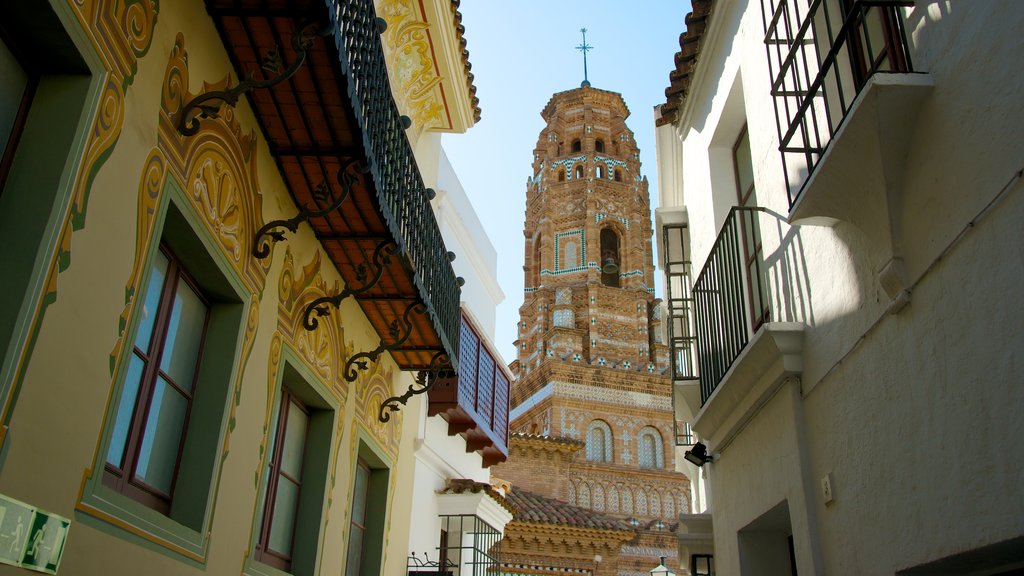Poble Espanyol

Poble Espanyol (Spanish Village) is one of the surviving attractions from the 1929 World Expo held in Montjuïc Park. It was designed to showcase Spanish architecture, culture and cuisine to the fair’s multinational visitors, and is still a popular draw for tourists from all over the world.The open-air museum is designed like a real town, with civic squares, residential streets, shops and restaurants. For a small entrance fee you can wander round the pedestrian streets and explore over 115 buildings, representing different architectural styles from all over Spain. Audio guides are available for an additional charge and go into more detail about the individual buildings and their design points.Browse around the craft workshops and watch glass-blowers, jewellery makers and embroiderers at work, then treat yourself to some of their fine hand-made products. Afterwards, take your tastebuds on a whistle-stop tour of Spanish cuisine, with Andalusian tapas, Catalan paella and other regional delicacies making it difficult to choose which delight to sample first.Spanish art from the 20th century to the present day is the focus of the collection of the Fran Daurel Foundation, which houses priceless paintings by Dali, Miró and Picasso as well as an impressive outdoor sculpture garden with fabulous views across Barcelona.Stay until the evening to watch a colourful flamenco show and then try out some neat dance floor moves of your own at one of the lively nightclubs. On Sundays there are parades, puppet shows and other family events, as well as live music and dancing in Plaza Maya, the main square.Poble Espanyol is open every day and can be reached by metro or bus; just head for Montjuïc, take a short walk to the village entrance and prepare to see many different sides of Spain.




